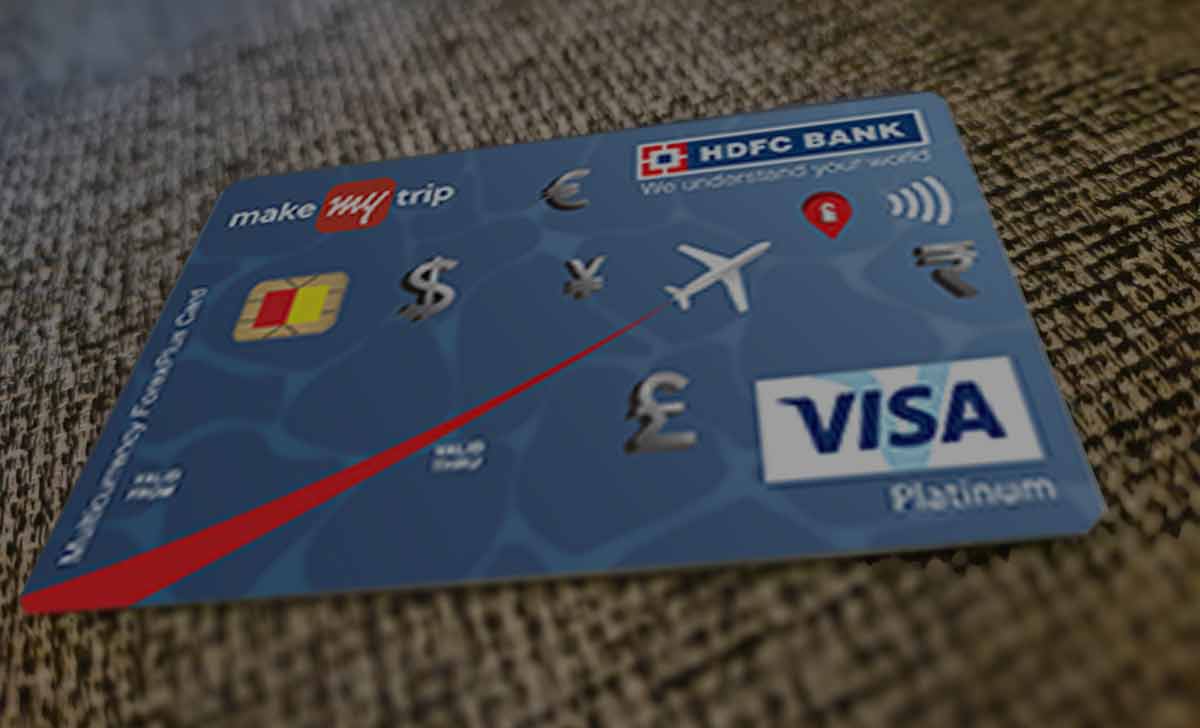Introduction: A Tale of Two Cards

Image: bestcardinfo.com
When it comes to navigating the financial intricacies of international travel or cross-border business transactions, two key players emerge: forex cards and credit cards. Understanding the nuances between these two financial tools is crucial for making informed decisions and optimizing your financial journey abroad. In this comprehensive guide, we will unravel the similarities and differences between forex cards and credit cards, empowering you to choose the best option for your specific needs.
Forex Cards: Specialized for Foreign Exchange
Forex cards, also known as multi-currency cards, are prepaid cards specifically designed for international transactions. They allow you to store multiple currencies in a single card, eliminating the need to carry cash or exchange currencies at unfavorable rates. Forex cards offer the convenience of accessing local currency directly from ATMs or making purchases at point-of-sale terminals. They typically charge minimal fees for currency conversion and withdrawals, making them a cost-effective option for frequent travelers.
Credit Cards: Versatile and Widely Accepted
Credit cards are versatile financial instruments that allow you to borrow money and make purchases. They are widely accepted both domestically and internationally, providing convenience and flexibility. However, when used abroad, credit cards often incur foreign transaction fees, which can add up over time. Additionally, interest charges may apply if the credit card balance is not paid in full by the due date.
Comparing the Key Features
1. Currency Conversion:
Forex cards excel in currency conversion, offering competitive exchange rates with minimal or no fees. Credit cards, on the other hand, may apply higher conversion fees, reducing the value of your purchases abroad.
2. Fees:
Forex cards typically charge a one-time issuance fee and may have minimal fees for withdrawals and currency conversions. Credit cards, while having a wider acceptance network, may impose annual membership fees, foreign transaction fees, and interest charges if not managed responsibly.
3. Acceptance:
Credit cards generally have a wider acceptance network compared to forex cards. They are widely accepted both online and offline, making them a convenient option for a variety of purchases. Forex cards, while popular for international transactions, may have limited acceptance at some local businesses.
4. Security:
Both forex cards and credit cards offer robust security measures to protect your funds. Forex cards may use chip-and-PIN technology or contactless payments for enhanced security, while credit cards often feature fraud detection and identity theft protection services.
5. Accessibility:
Forex cards can be purchased at banks or currency exchange businesses. Credit cards require an application and approval process based on your financial history and creditworthiness. The accessibility of credit cards may vary depending on the issuing institution and the country of application.
Conclusion: Choosing the Right Card for Your Needs
The choice between a forex card and a credit card depends on your specific travel habits and financial preferences. If you frequently travel internationally and encounter various currencies, a forex card offers cost-effective currency conversion and low fees. For those who value convenience and wide acceptance, a credit card may be a more suitable option, despite the potential for higher fees. Ultimately, a well-informed decision empowers you to make the most of your financial resources abroad, ensuring seamless and budget-friendly travel or business transactions.

Image: 25penny.com
Compare Forex Card And Credit Card






